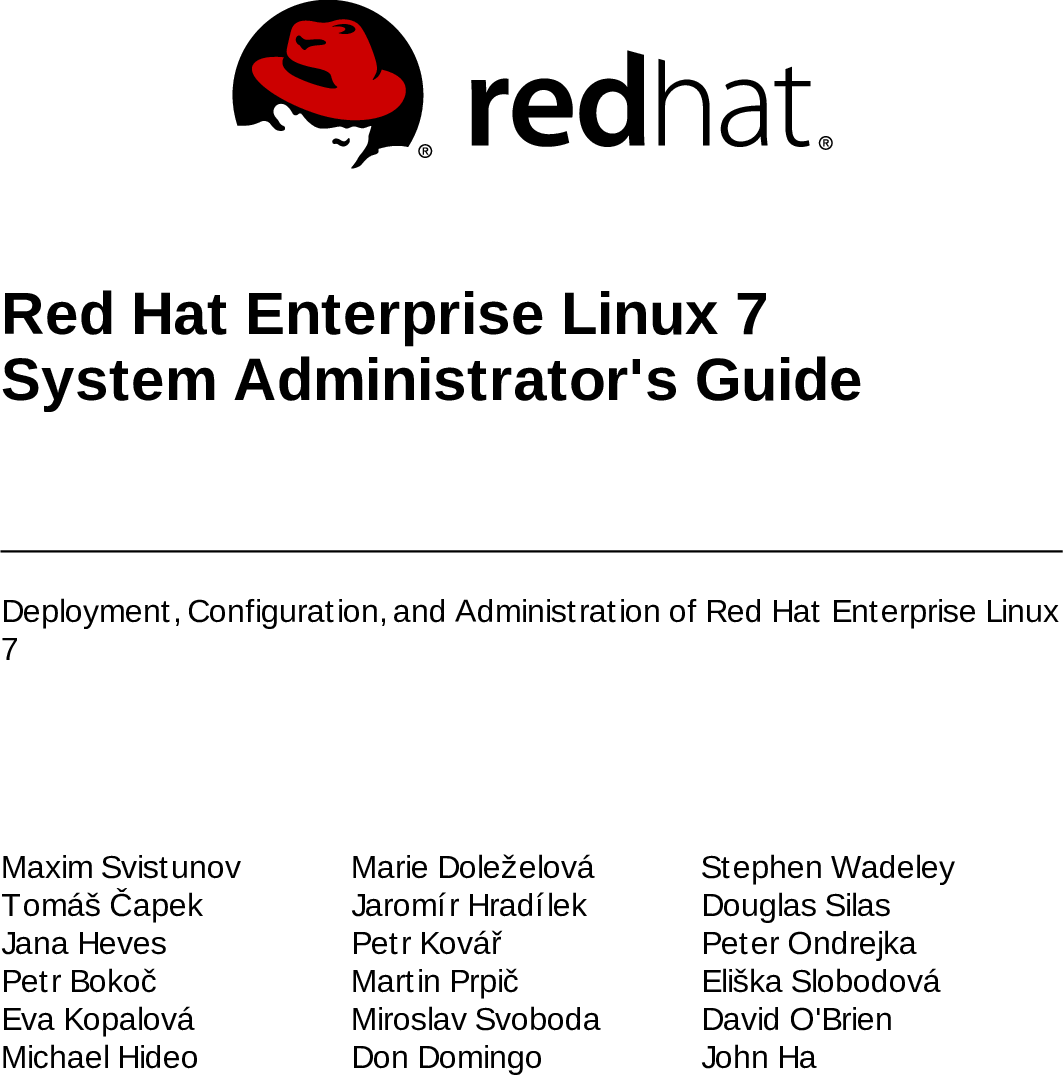

PBS.org review: “Verification Handbook Mixes Tools, Tips and Culture for Fact-Checking.”
#Verified news explorer channel how to#
Released under the Creative Commons license, it provides tools, techniques and step-by-step guidelines for how to deal with user-generated content during emergencies.
#Verified news explorer channel verification#
The Verification Handbook: A guide to verifying digital content for emergency coverage authored by journalists from the BBC, Storyful, ABC, Digital First Media and others. The author is Josh Stearns, director of the journalism sustainability project at the Geraldine R.

This post was adapted from VerificationJunkie, a directory of tools for assessing the validity of social-media and user-generated content. Thankfully, a wide variety of digital tools have been developed to help journalists check facts quickly. The speed of social media and the sheer volume of user-generated content (UGC) make fact-checking by reporters even more important now. (Of course, there is a long history of image tampering, and news organizations have been culpable year after year of running - and even producing - manipulated images.) For example, two European publications, Bild and Paris Match, said they had seen a video purportedly shot within the Germanwings flight that crashed in March 2015, but doubts about such a video’s authenticity have grown. The information can be crucial - but it also can be wrong, and even intentionally faked. The issue has become even knottier in the era of collaborative journalism, when nonprofessional reporting and images can be included in mainstream coverage. The news was instantly echoed across the Web, only to be swiftly retracted: The mayor of the village next to Bouygues’s hometown said that “Martin” had died. A cautionary tale was the February 2015 report of the death of billionaire Martin Bouygues, head of a French media conglomerate. Working journalists don’t have such luxuries, however, even with the continuous deadlines of a much larger and more competitive media landscape. Recast as “Whoa, if true” for the Twitter age, it allows people to pass on rumors without having to perform even the most basic fact-checking - the equivalent of a whisper over a quick lunch. if true” is the old line about some tidbit of unverified news. This post was adapted from VerificationJunkie, a site created by Josh Stearns of the Geraldine R.


 0 kommentar(er)
0 kommentar(er)
